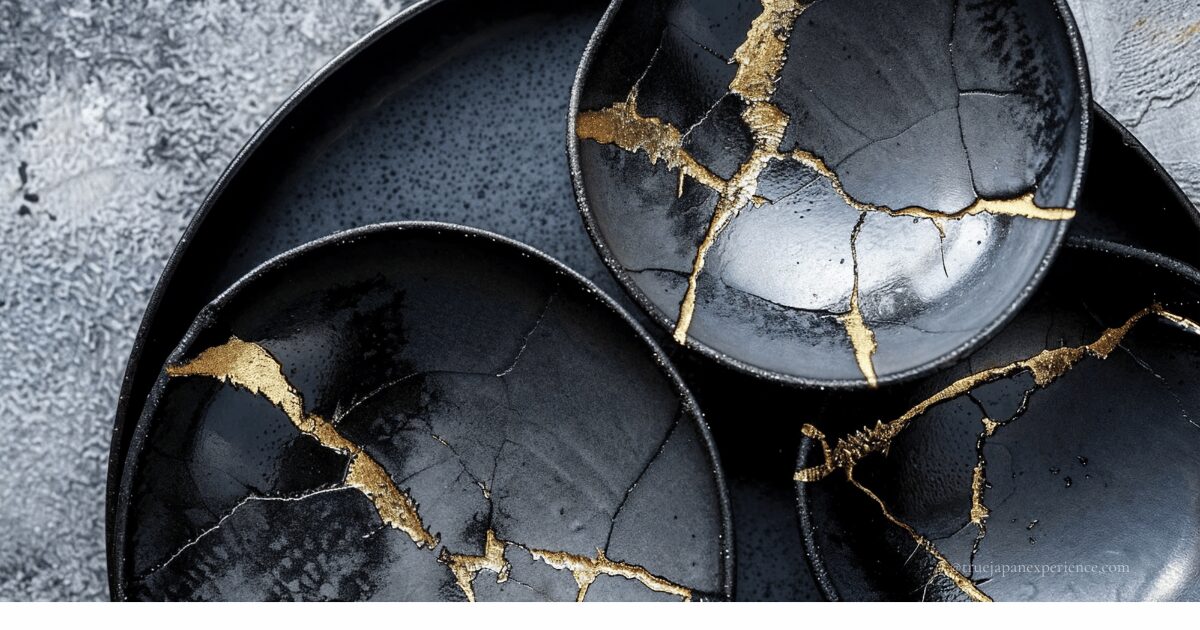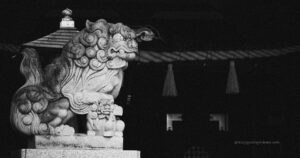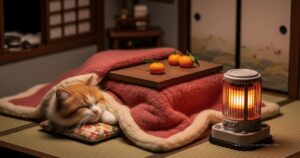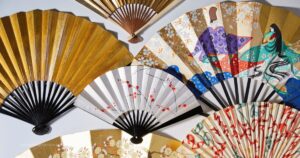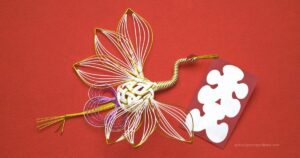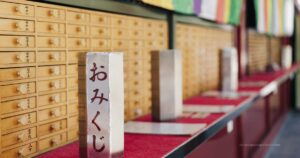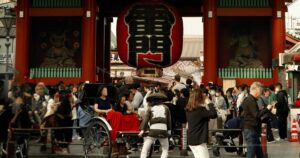When a favorite cup or bowl breaks, most people simply throw it away. But in Japan, there is a tradition that gives broken pottery a second life. This is Kintsugi —a craft that turns cracks into shining golden lines.
It is not only about fixing things. Kintsugi shows how beauty can grow from damage, and how time adds value to what we use every day. Many travelers fall in love with this idea, because it reflects a gentle way of looking at life.
If you are curious about Japanese culture, Kintsugi Japan will inspire you. Let’s explore its history, the spirit behind it, and how you can even try it yourself.
What is Kintsugi Japan?
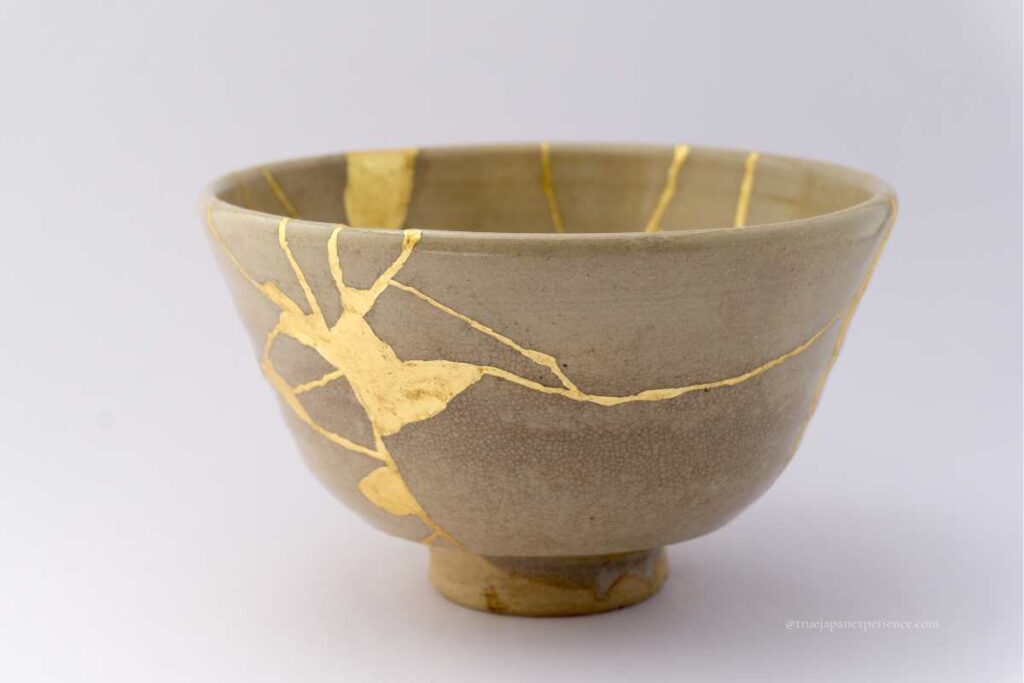
Kintsugi is a special Japanese art to fix broken pottery.
When bowls or cups break or chip, people use a sticky black glue called lacquer to join the pieces back together. Then, they cover the cracks with shiny metal powder like gold or silver. This art is very old and only found in Japan.
What makes Kintsugi unique is that it does not hide the cracks. Instead, it shows them off like beautiful designs. The broken lines become a part of the bowl’s new look. People say the cracks tell a story about the object’s past.
Kintsugi is not just about repairing. It tries to give new life to broken things. The gold or silver lines make the pottery even more valuable and special than before. It shows that something broken can be beautiful in a new way.
This art started in Japan about 600 years ago, in the Muromachi period. It was born along with the tea ceremony culture. Japanese people have a way of seeing beauty in things that are old or imperfect. Kintsugi fits this idea perfectly.
History and Background of Kintsugi Japan
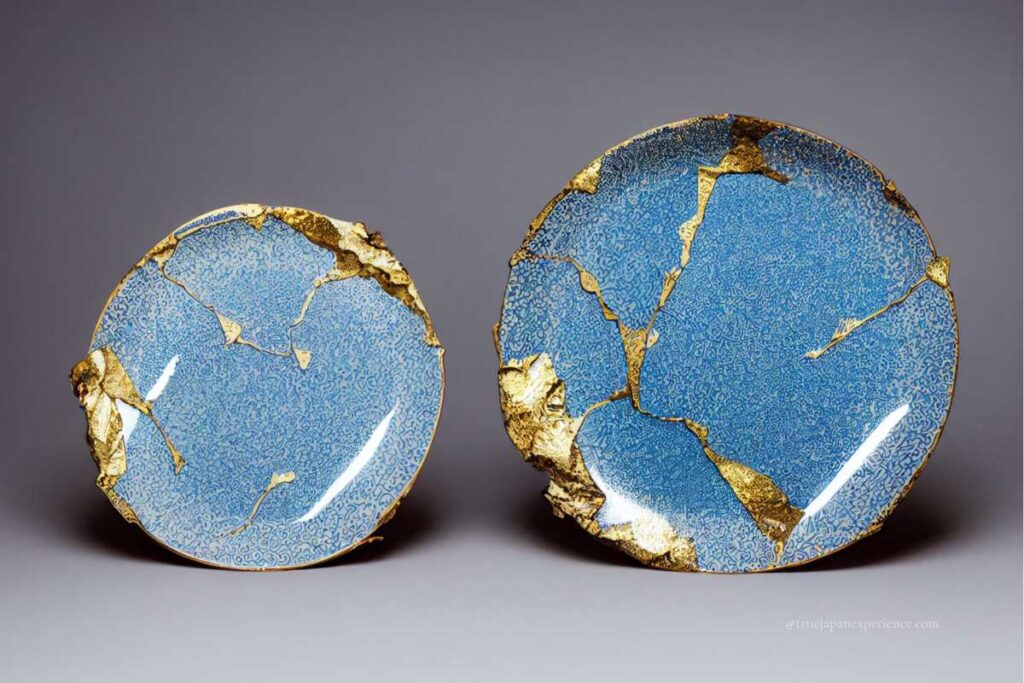
The story of Kintsugi Japan is not only about art, but also about the long history of Japanese life and thought.
From ancient times, people in Japan found ways to repair and reuse broken pottery instead of throwing it away.
This respect for objects slowly grew into the golden repair we know today.
Early use of lacquer in Jomon period

In ancient Japan’s Jomon period, people already used a special glue made from tree sap called lacquer to fix broken pottery and tools.
Archaeologists found old pots and stone tools with marks of lacquer.
This shows that the skill to join broken things with lacquer is very old in Japan.
The rise of Kintsugi Japan in the Muromachi period
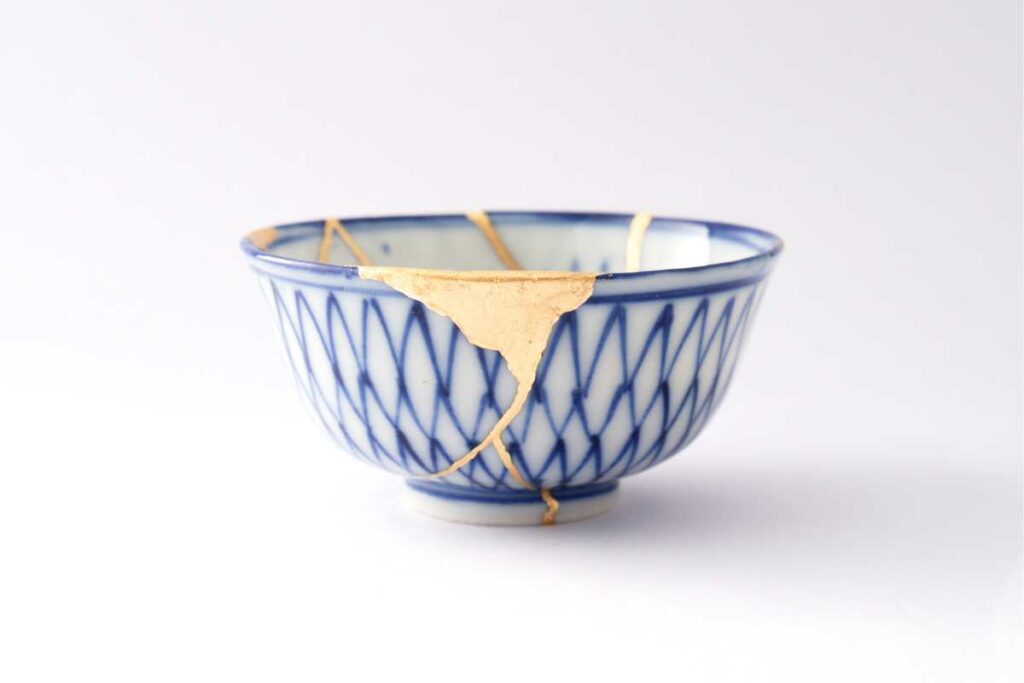
Kintsugi, as we know it, started about 600 years ago in the Muromachi period (1300s–1500s). At that time, the tea ceremony culture was becoming popular in Japan. Tea masters used beautiful and expensive tea bowls, often made in China or Korea. When these bowls broke or cracked, they wanted to fix them carefully, not throw them away.
Instead of using plain glue, they started to use lacquer and gold powder to repair and decorate the cracks. This showed a new way of thinking — the cracks were not mistakes, but a sign of beauty and history. This new art was a perfect fit for Japanese ideas of beauty at the time.
The “Bako Han” bowl story and the start of Kintsugi Japan
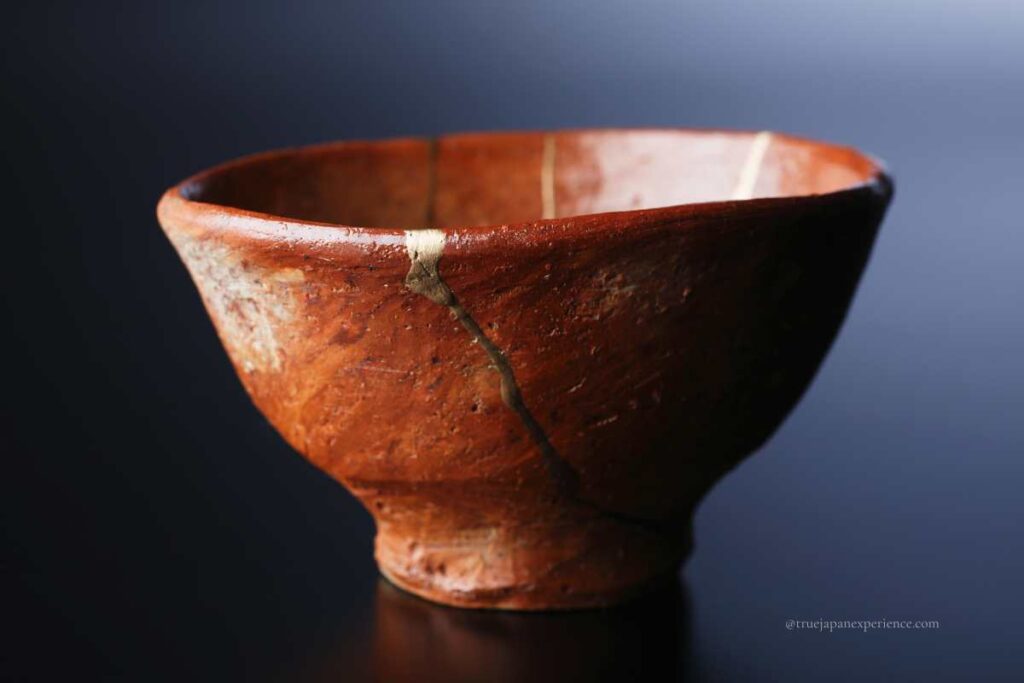
One famous story tells about a special tea bowl called “Bako Han,” owned by the shogun Ashikaga Yoshimasa. This bowl had a crack, so Yoshimasa sent it to China to be fixed. Chinese repaired it with metal nails to hold the pieces. But Yoshimasa thought the nails looked ugly.
Then, Japanese craftsmen began to repair such broken bowls with lacquer and gold powder instead. This was the start of Kintsugi as an art form. The repaired bowl became more beautiful and valuable.
The spirit behind Kintsugi Japan: Wabi-Sabi and Mottainai
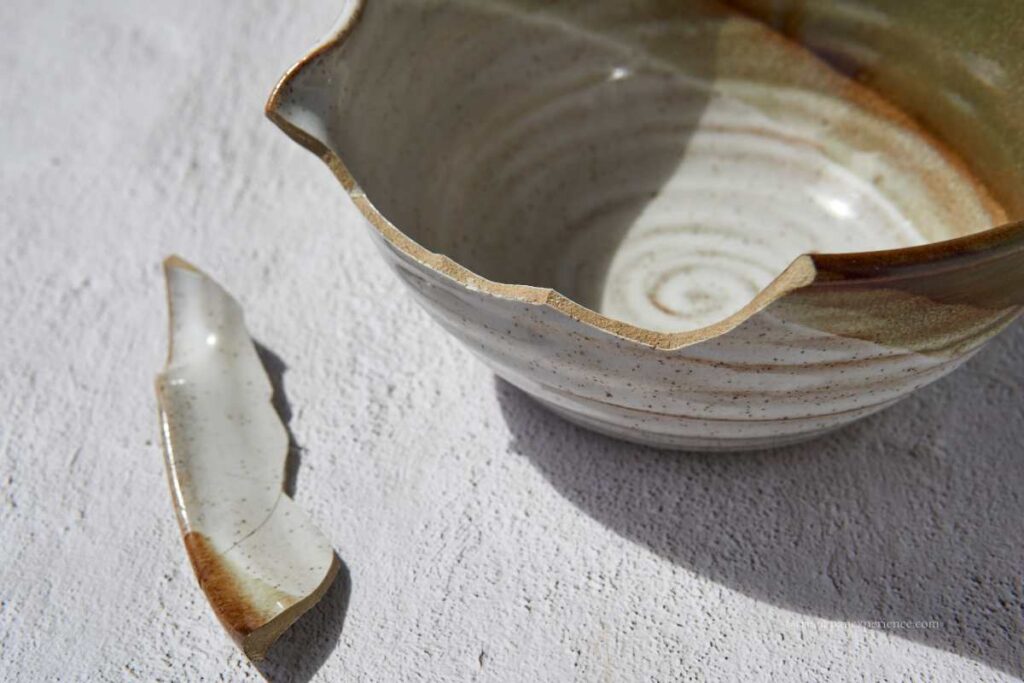
Kintsugi is connected to a Japanese idea called “Wabi-Sabi.”
It means finding beauty in things that are simple, old, or imperfect. Instead of hiding damage or throwing away broken bowls, Kintsugi shows that these broken parts make the object special.
There is also a deep respect for things called “Mottainai.”
This means “don’t waste” and “take care of what you have.” Kintsugi is a way to care for broken things and use them for a long time. This respect for things and the idea of beauty in imperfection make Kintsugi very special even today.
How Kintsugi Japan is Made
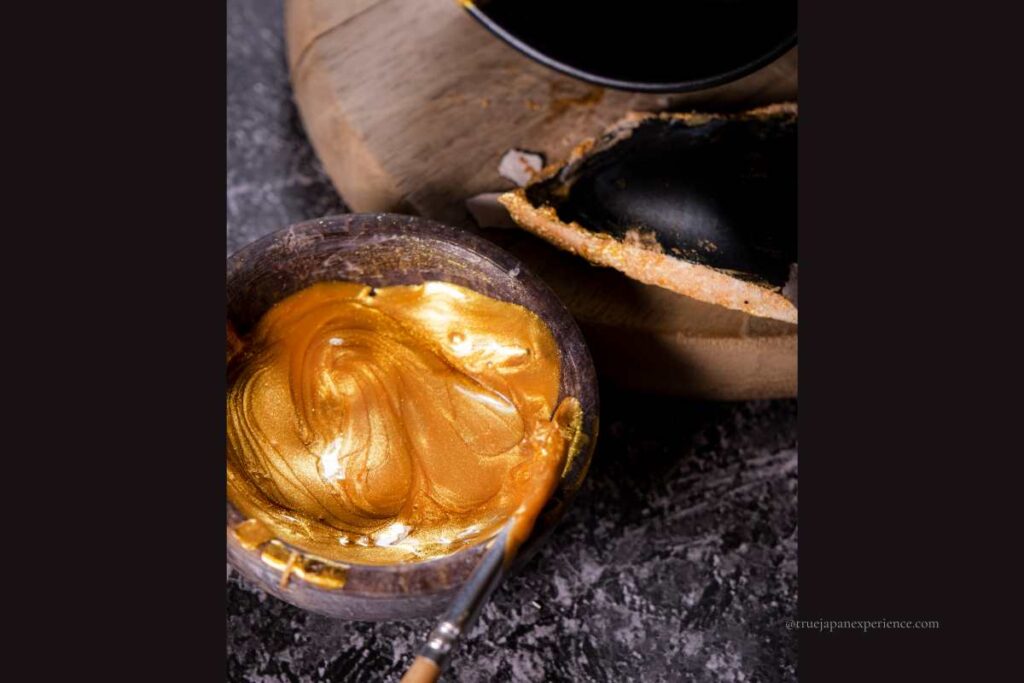
Kintsugi Japan is a careful process that uses natural materials and many steps. First, the broken pieces are joined with a mix of rice flour and lacquer, called mugi-urushi. If there are chips or small holes, they are filled with another mix of lacquer and stone powder, called sabi-urushi.
After that, thin layers of lacquer are added again and again. Before the lacquer dries, fine gold or silver powder is sprinkled on the surface. In the final step, the bowl is polished gently with soft cotton. This makes the golden lines shine like art.
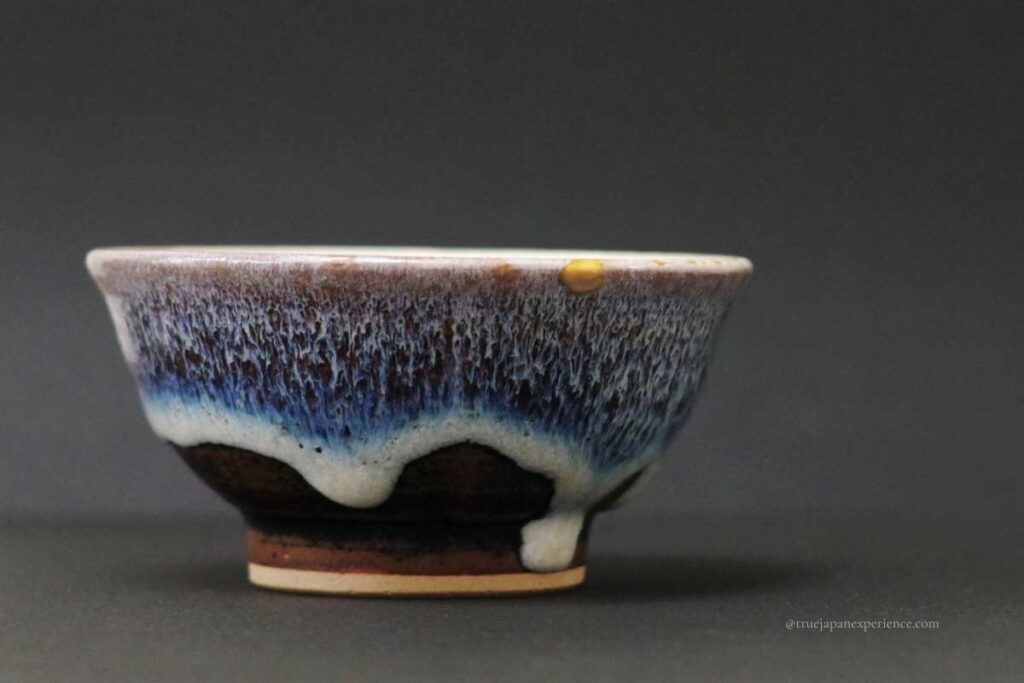
There are two main styles. Traditional Kintsugi Japan uses natural lacquer, stone powder, and gold. It takes time but gives a very strong and beautiful result. Simple Kintsugi Japan uses modern glue or resin instead, which is easier for beginners and faster to finish.
Each repaired bowl is unique. No two pieces look the same, and that makes every work of Kintsugi Japan special.
Where to Experience Kintsugi
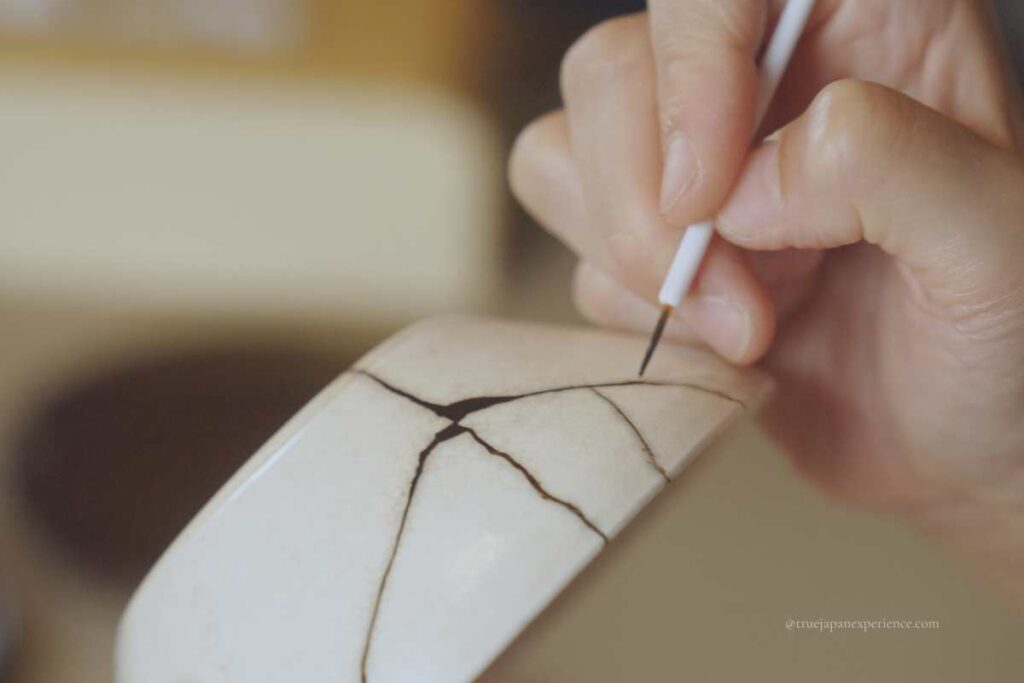
If you are traveling in Japan, you don’t just have to admire Kintsugi Japan in museums—you can also try it yourself. In cities like Tokyo and Kyoto, many workshops welcome beginners. Skilled teachers will guide you step by step, so even if you have never touched lacquer before, you can enjoy the process with confidence.
These workshops are not only about making repairs. They are a chance to sit down, slow your pace, and discover the Japanese idea of beauty in imperfection. You can bring home your own repaired bowl as a one-of-a-kind memory of your trip.
For those who prefer to try at home, simple DIY kits are also available. They let you enjoy the spirit of Kintsugi Japan at your own table, though the workshop experience is something truly special.
👉 If you want to join a workshop in Tokyo or Kyoto, you can easily book online. Check the options below and find the perfect Kintsugi Japan experience for your journey.
What Kintsugi Teaches Us

Kintsugi Japan teaches us that flaws can be beautiful. Instead of trying to hide cracks, it celebrates them. The golden lines show respect for both the object and the time it has lived through. Every break becomes part of the story, and that story makes the piece even more special.
Kintsugi also reminds us of something very simple: to take care of what we have. In many places today, broken things are thrown away without a second thought. Kintsugi Japan shows another way. By repairing and reusing, we give value to objects and to the hands that made them. This spirit of “not wasting” has been part of Japanese life for centuries.
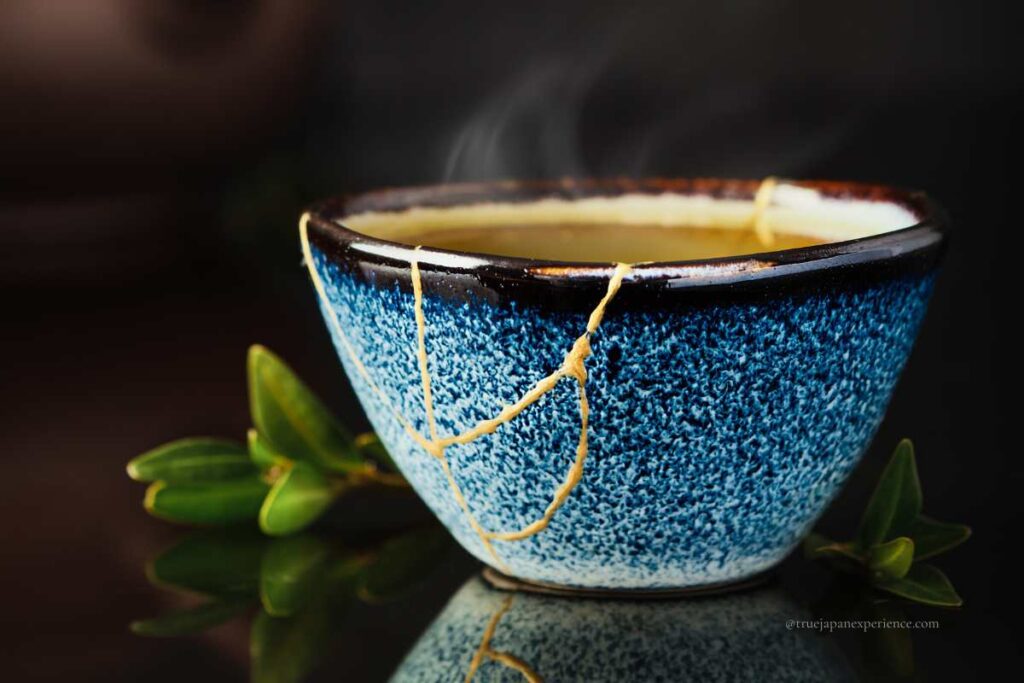
This way of thinking goes beyond pottery. It tells us something about life itself. Everyone carries scars—some are visible, others are not. Kintsugi reminds us that these scars do not need to be covered up. They can be seen as marks of growth, proof that we have lived and learned.
For travelers, this idea can be inspiring. A trip is not always perfect—plans change, mistakes happen, and sometimes things break. But just like in Kintsugi, those small “cracks” can add meaning to your journey. They can turn into memories that make your story richer.
If you want to explore more about how Japanese culture finds beauty in unique traditions, take a look at another practice: Goshuin: A Unique Cultural Experience at Japanese Shrines and Temples. It is another way to connect deeply with Japan and bring home something truly personal.
